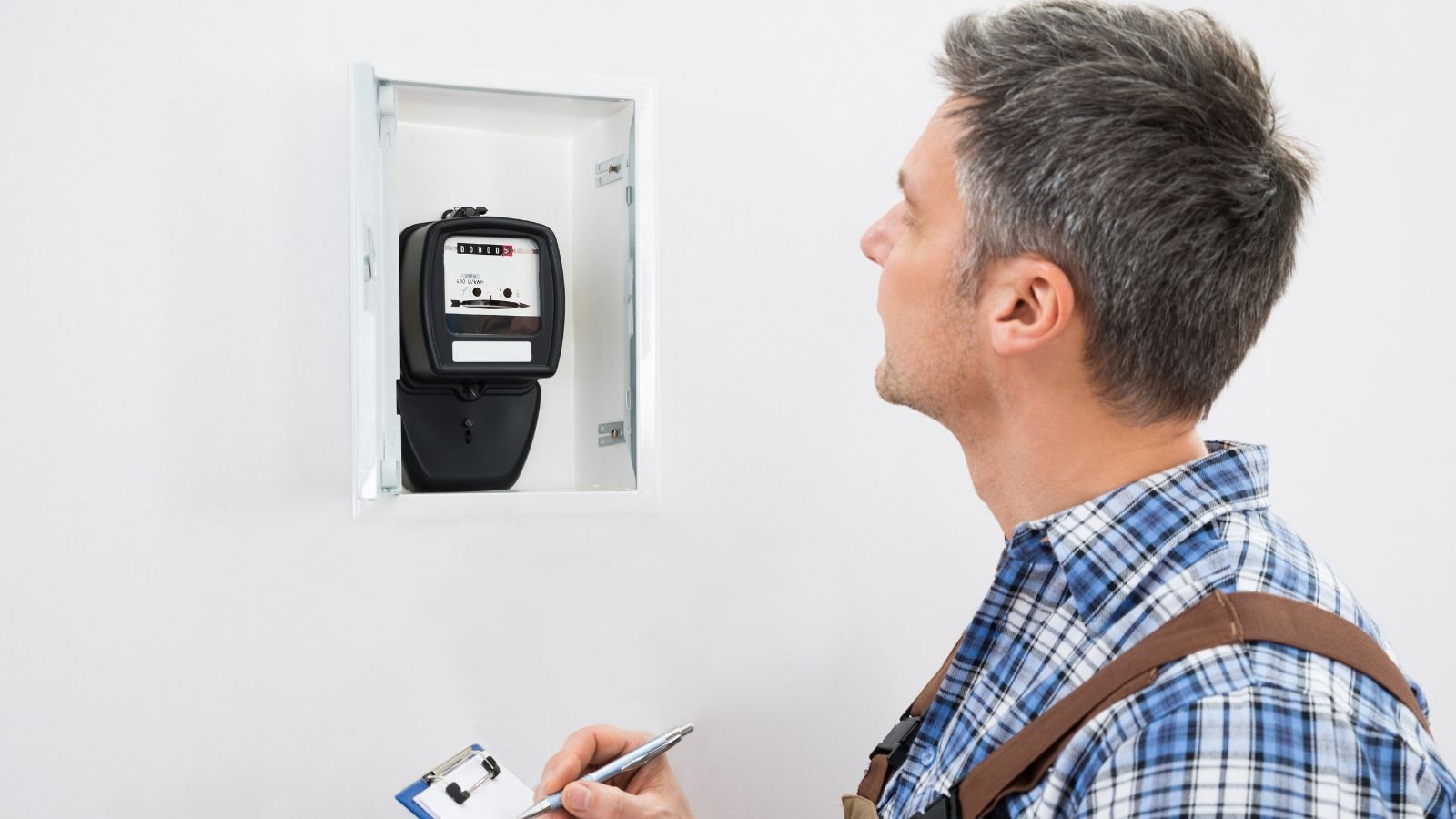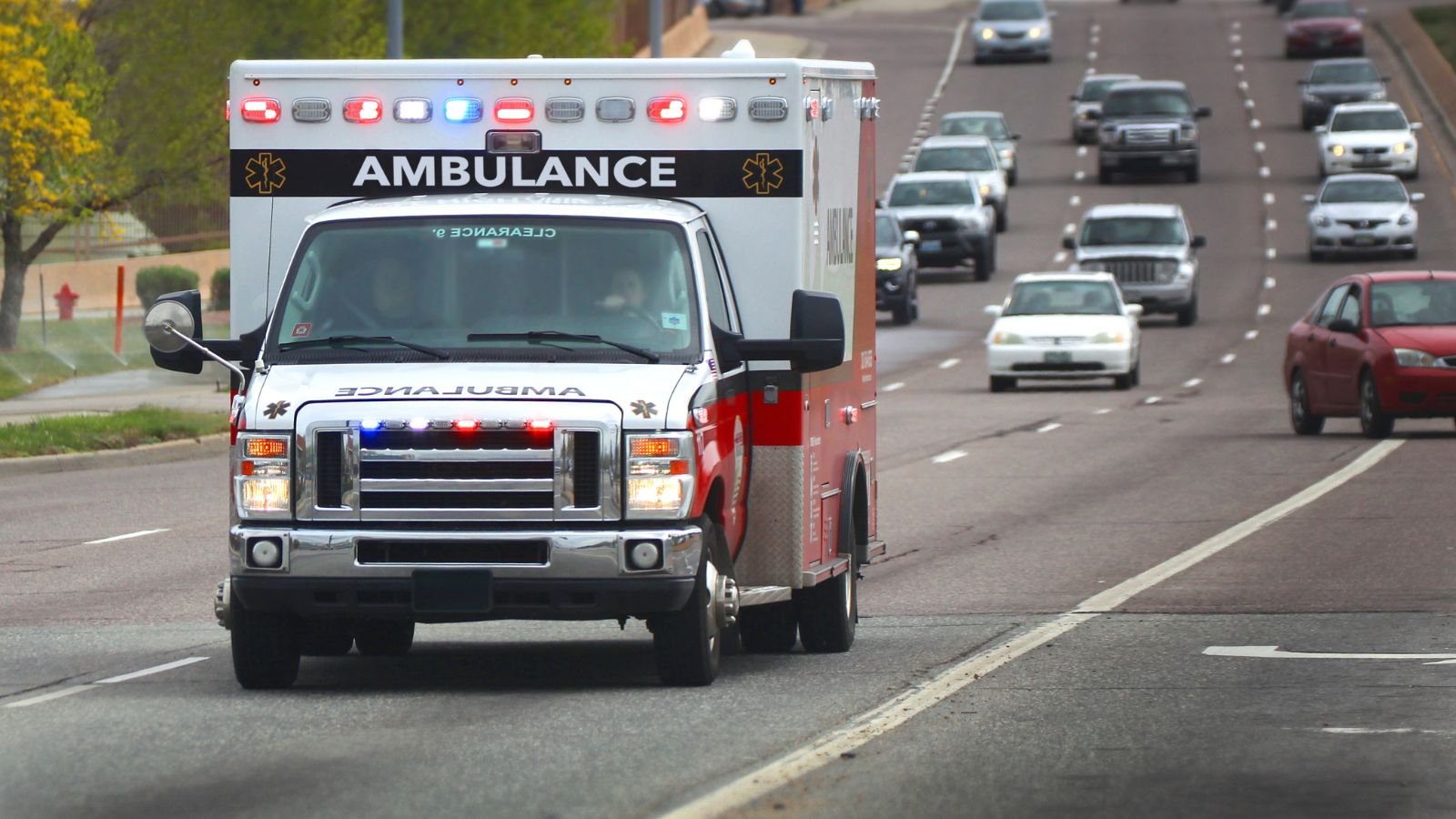Navigating financial challenges can be overwhelming for low-income households in the United States. Fortunately, several assistance programs are available to provide vital support. These programs are designed to ease the burden on struggling families, from water bills to healthcare.
This guide outlines essential resources, including Medicaid, SNAP, and the Low Income Home Energy Assistance Program (LIHEAP), among others. Understanding and accessing these programs can make a significant difference in the quality of life for those in need.
Energy Assistance Programs

The Low Income Home Energy Assistance Program (LIHEAP) can help if you’re struggling to pay your energy bills. LIHEAP provides financial aid to help low-income households. It pays for heating and cooling their homes. States administer this federal program. They are based on income, household size, and energy costs.
Water and Sewer Bill Assistance

Some states and localities offer help with water and sewer bills. Programs like the Low Income Household Water Assistance Program (LIHWAP) provide emergency funds to help with water and wastewater bills. The eligibility to avail of this program is based on income and household size.
Medicaid

Medicaid is a joint federal and state program providing healthcare coverage to the residents. It is for low-income individuals and families. Eligibility varies by state. It generally covers children, pregnant women, older adults, and disabled people. Medicaid covers multiiple healthcare services. These include doctor visits, hospital stays, long-term care, and preventive services.
Children’s Health Insurance Program (CHIP)

For families with children whose income is above the Medicaid threshold but who cannot afford private insurance, CHIP is a lifesaver. This program provides affordable health coverage to children in families with low incomes. CHIP is administered by states and varies according to eligibility and benefits.
Community Health Centers

Federally Qualified Health Centers (FQHCs) provide primary care services to underserved populations. These centres offer a range of services. They include preventive care, dental care, mental health services, and more, often at reduced or no cost.
Supplemental Nutrition Assistance Program (SNAP)

SNAP, formerly known as food stamps, provides financial aid to help low-income individuals and families buy food. The benefits are loaded onto an Electronic Benefit Transfer (EBT) card. This card can be used like a debit card at authorized retailers. Eligibility depends on household income, size, and other factors.
Women, Infants, and Children (WIC) Program

The WIC program provides nutritious foods, education on health, and referrals to healthcare. It is aimed at pregnant women, new mothers, and young children. Factors like income, nutritional risk, and residency are considered to be eligible for this program.
Food Banks and Pantries

Across the country, food banks and pantries provide free groceries to those in need. Organizations like Feeding America and local food banks distribute food. They help individuals and families who are struggling to afford enough to eat.
Homelessness Prevention Programs

Many communities offer programs to prevent homelessness, providing short-term help. It offers rent, utilities, and other housing-related expenses. Organizations like the U.S. Department of Housing and Urban Development (HUD) support these initiatives.
Pell Grants

Pell Grants are federal grants that help low-income undergraduate students pay for college. Pell Grants do not have to be repaid, unlike loans. Its eligibility depends on financial need, cost of attendance, and enrollment status.
Free and Reduced-Price School Meals

The National School Lunch Program provides free or reduced-price meals to children. It is especially meant for children with low financial income. Eligibility is based on household income and size.
Non-Emergency Medical Transportation (NEMT)

Medicaid covers non-emergency medical transportation for eligible individuals. This service is for those who need help getting to and from medical appointments. It ensures that transportation barriers do not prevent access to necessary healthcare.
Child Care and Development Fund (CCDF)

The CCDF provides subsidies to low-income families to help pay for childcare so parents can work, attend school, or do job training. Eligibility and subsidy amounts vary by state.
Legal Aid Services

Legal aid organizations provide free legal services to low-income individuals for civil matters. These generally include cases like housing, family law, and consumer issues. These services ensure affordable attorneys to underserved sections. It ensures that they have access to legal representation and justice.
Public Defenders

If you cannot afford an attorney in criminal cases, the court will appoint a public defender to represent you at no cost. Public defenders provide legal defense services to those who cannot hire a private attorney.
Free Government Cell Phones

Some companies offer free cell phones. It is a monthly service to low-income individuals through the Lifeline program. The phones typically come with a limited number of minutes, texts, and data each month.
Free Tax Preparation Services

The Volunteer Income Tax Assistance (VITA) program helps residents with free tax preparation services. These services are available to low-income individuals. People with disabilities and limited English-speaking taxpayers can also avail of it. Certified volunteers assist with the tax preparation process. It ensures that eligible taxpayers receive all the credits and refunds they are entitled to.
